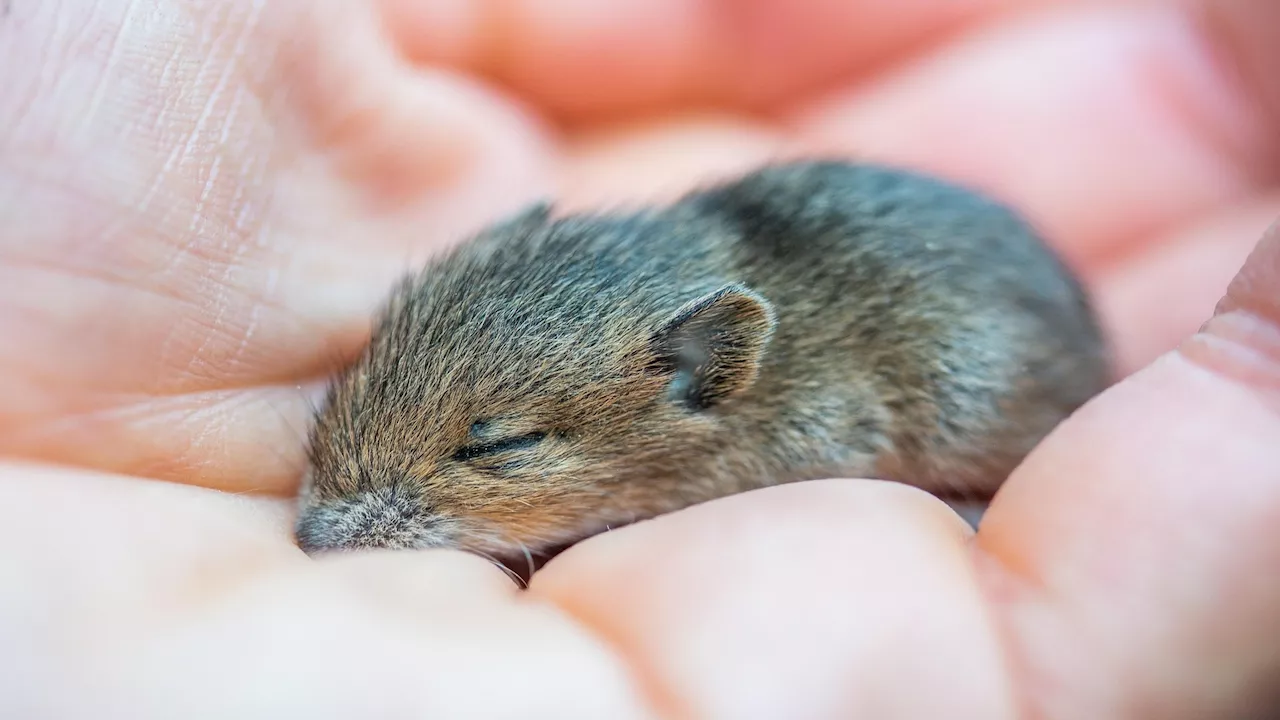A team of stem cell scientists at the Chinese Academy of Sciences (CAS) has made a significant breakthrough in reproductive biology by successfully creating mice from two male parents. This achievement marks a crucial step forward in understanding and manipulating imprinting genes, which have long been considered a major obstacle to unisexual reproduction in mammals.
A team of stem cell scientists at the Chinese Academy of Science s (CAS) have made a significant breakthrough in reproductive biology by successfully creating mice from two male parents. This achievement marks a crucial step forward in understanding and manipulating imprinting genes, which have long been considered a major obstacle to unisexual reproduction in mammals.
Published in the journal Cell Stem Cell, the study details the researchers' novel approach to overcome the challenges posed by imprinting genes. They employed a series of genetic modifications, including frameshift mutations, gene deletions, and edits to regulatory regions, targeting hundreds of imprinting genes. This strategy allowed them to develop a method that effectively addressed the most severe developmental defects observed in bi-paternal embryos.While previous attempts to create mice with two fathers resulted in embryos that failed to develop properly, the CAS team's modified approach enabled the generation of offspring through two techniques: ESC complementation haploid cell nuclear injection and somatic cell nuclear transfer (SCNT). However, the success rate was limited, with only 11.8% of the embryos reaching birth. Moreover, many of the resulting mice experienced developmental abnormalities, shorter lifespans, and sterility. Despite these limitations, the study demonstrated that imprinting abnormalities represent a fundamental barrier to bi-paternal reproduction in mammals.The researchers emphasize that their findings pave the way for further exploration and potential applications. They plan to conduct similar research on monkeys in the future, while continuing to refine their genetic modification techniques. The ultimate goal is to create healthy bi-paternal mice capable of producing viable gametes, which could lead to new therapeutic strategies for imprinting-related diseases. While the possibility of applying this technology to humans remains uncertain, the CAS team's groundbreaking research offers a glimpse into the future of reproductive medicine and the potential to overcome biological limitations
STEM CELL GENETIC MODIFICATION IMPRINTING GENES REPRODUCTIVE BIOLOGY BI-PATERAL EMBRYOS
United States Latest News, United States Headlines
Similar News:You can also read news stories similar to this one that we have collected from other news sources.
 Scientists Identify Neurons in Mice That Can Induce Hibernation-Like StateResearchers have discovered neurons in mice that, when activated, can alter the body's metabolic rate and induce a state similar to hibernation. This groundbreaking finding was achieved by stimulating the hypothalamus preoptic area in the brain using ultrasound.
Scientists Identify Neurons in Mice That Can Induce Hibernation-Like StateResearchers have discovered neurons in mice that, when activated, can alter the body's metabolic rate and induce a state similar to hibernation. This groundbreaking finding was achieved by stimulating the hypothalamus preoptic area in the brain using ultrasound.
Read more »
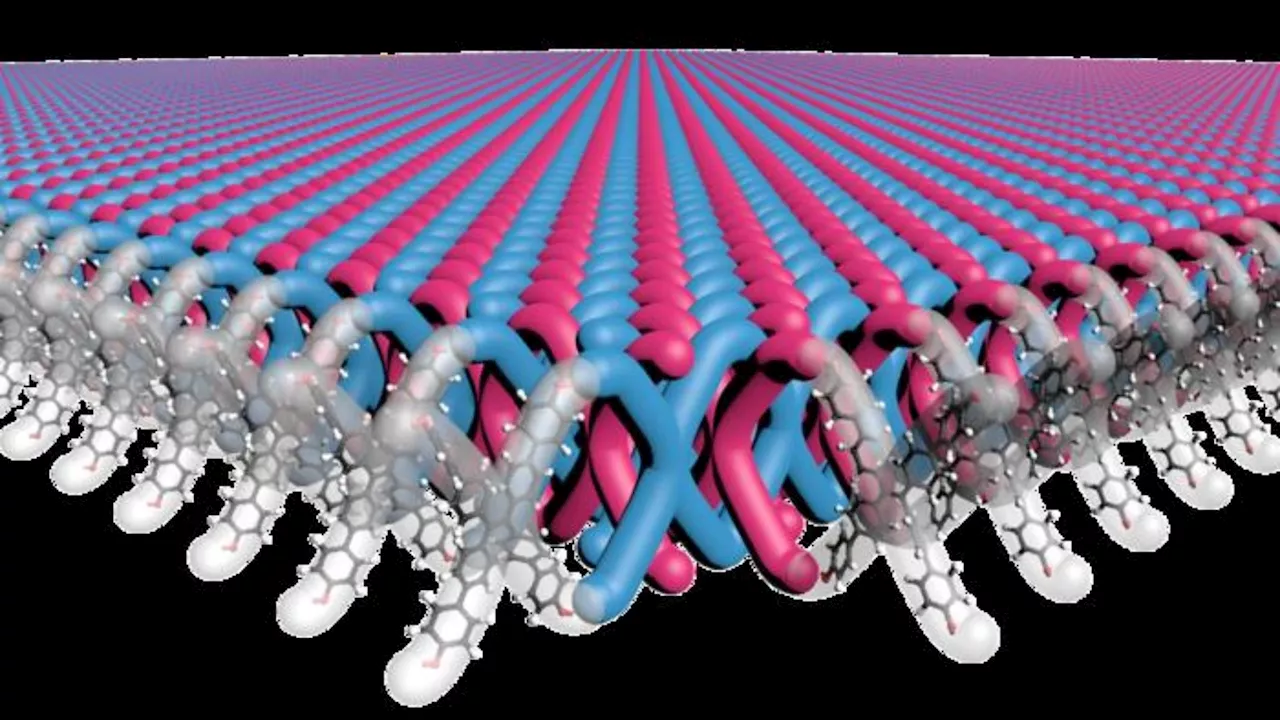 Scientists Create Flexible, Strong 2D Material with Mechanical InterlocksA research team from Northwestern University has developed the first-ever two-dimensional mechanically interlocked material, demonstrating high flexibility and strength. This breakthrough could lead to the development of lightweight yet high-performance body armor and other tough materials.
Scientists Create Flexible, Strong 2D Material with Mechanical InterlocksA research team from Northwestern University has developed the first-ever two-dimensional mechanically interlocked material, demonstrating high flexibility and strength. This breakthrough could lead to the development of lightweight yet high-performance body armor and other tough materials.
Read more »
 Japanese Scientists Create First-Ever Long-Term Dataset of Earth's Entire AtmosphereJapanese researchers have developed a comprehensive dataset of Earth's entire atmosphere, reaching up to space, providing unprecedented insights into the mysterious mesosphere.
Japanese Scientists Create First-Ever Long-Term Dataset of Earth's Entire AtmosphereJapanese researchers have developed a comprehensive dataset of Earth's entire atmosphere, reaching up to space, providing unprecedented insights into the mysterious mesosphere.
Read more »
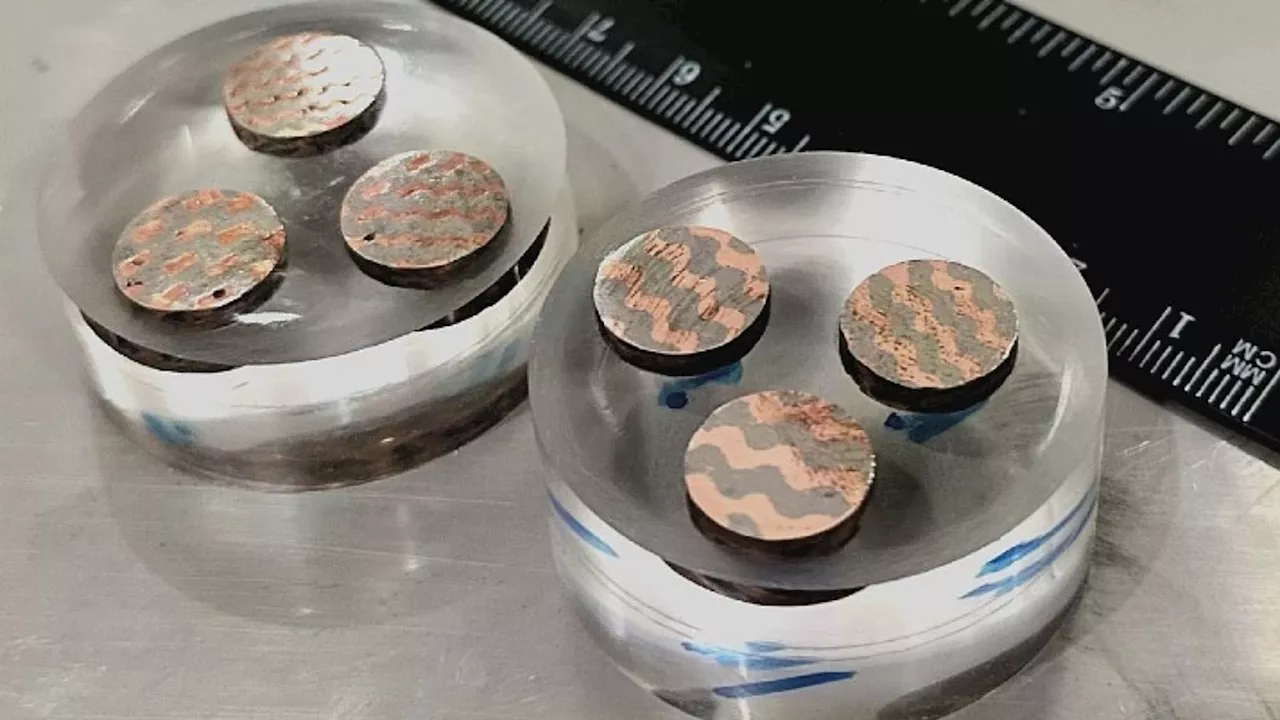 Scientists Create New Composite Material for Nuclear Fusion ReactorsRussian scientists have developed a novel tungsten-copper composite material for use in plasma-facing components of nuclear fusion reactors. This innovative material, created using hybrid additive manufacturing, addresses the challenges of tungsten's brittleness and thermal expansion mismatch with other metals. The composite exhibits superior heat dissipation and mechanical properties, paving the way for more efficient and robust fusion reactor designs.
Scientists Create New Composite Material for Nuclear Fusion ReactorsRussian scientists have developed a novel tungsten-copper composite material for use in plasma-facing components of nuclear fusion reactors. This innovative material, created using hybrid additive manufacturing, addresses the challenges of tungsten's brittleness and thermal expansion mismatch with other metals. The composite exhibits superior heat dissipation and mechanical properties, paving the way for more efficient and robust fusion reactor designs.
Read more »
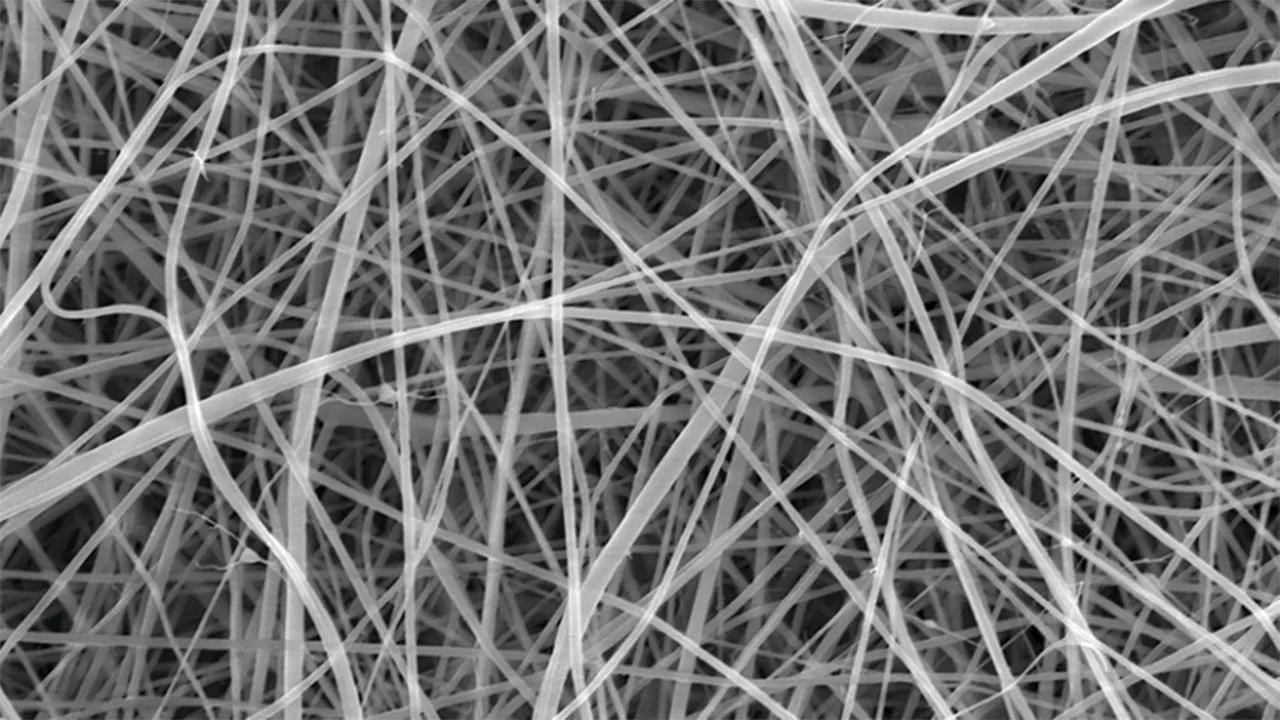 Scientists Create World's Thinnest Spaghetti: Not for Eating!Researchers at University College London have developed the world's thinnest spaghetti using starch nanofibers. This 'nanopasta' is a breakthrough in nanotechnology and has potential applications in medicine and tissue engineering.
Scientists Create World's Thinnest Spaghetti: Not for Eating!Researchers at University College London have developed the world's thinnest spaghetti using starch nanofibers. This 'nanopasta' is a breakthrough in nanotechnology and has potential applications in medicine and tissue engineering.
Read more »
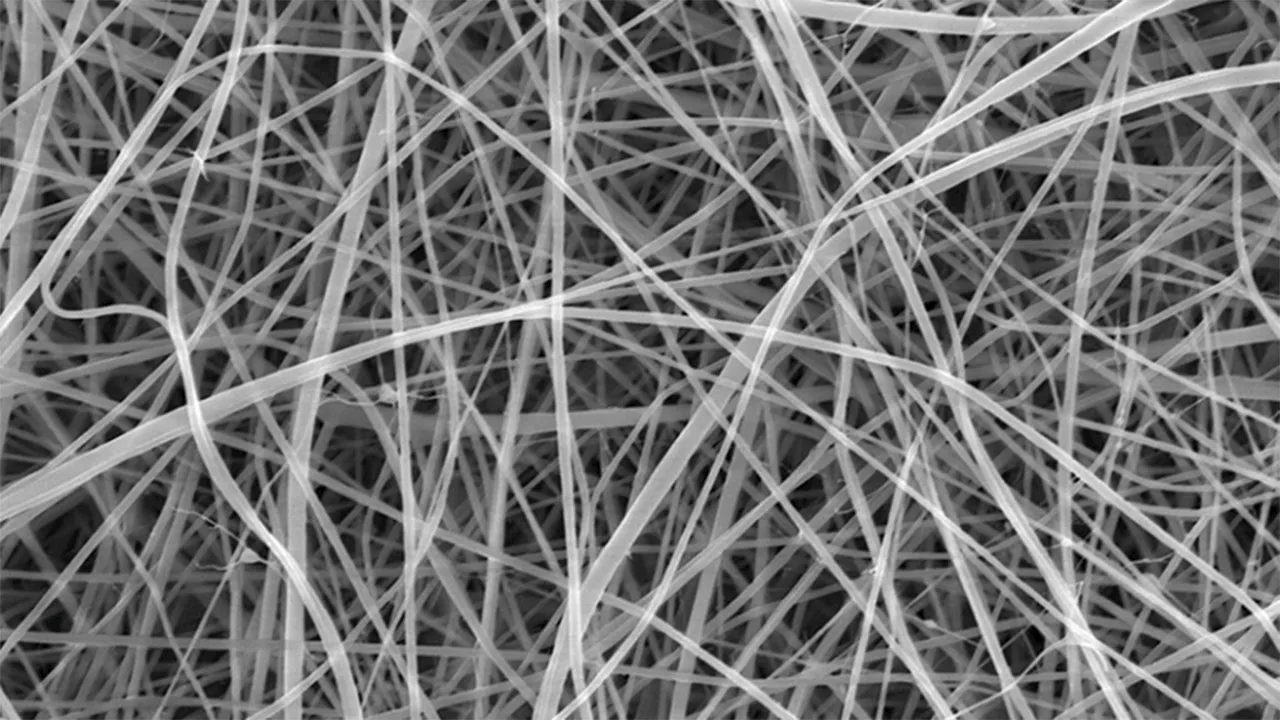 Scientists Create World's Thinnest 'Nanopasta' With Potential Medical ApplicationsResearchers at University College London have developed the world's thinnest spaghetti, using an electrical charge to pull a starch and water mixture through tiny openings. While not edible, this 'nanopasta' explores the potential of starch nanofibers in wound dressings, tissue regeneration, and other medical fields.
Scientists Create World's Thinnest 'Nanopasta' With Potential Medical ApplicationsResearchers at University College London have developed the world's thinnest spaghetti, using an electrical charge to pull a starch and water mixture through tiny openings. While not edible, this 'nanopasta' explores the potential of starch nanofibers in wound dressings, tissue regeneration, and other medical fields.
Read more »
